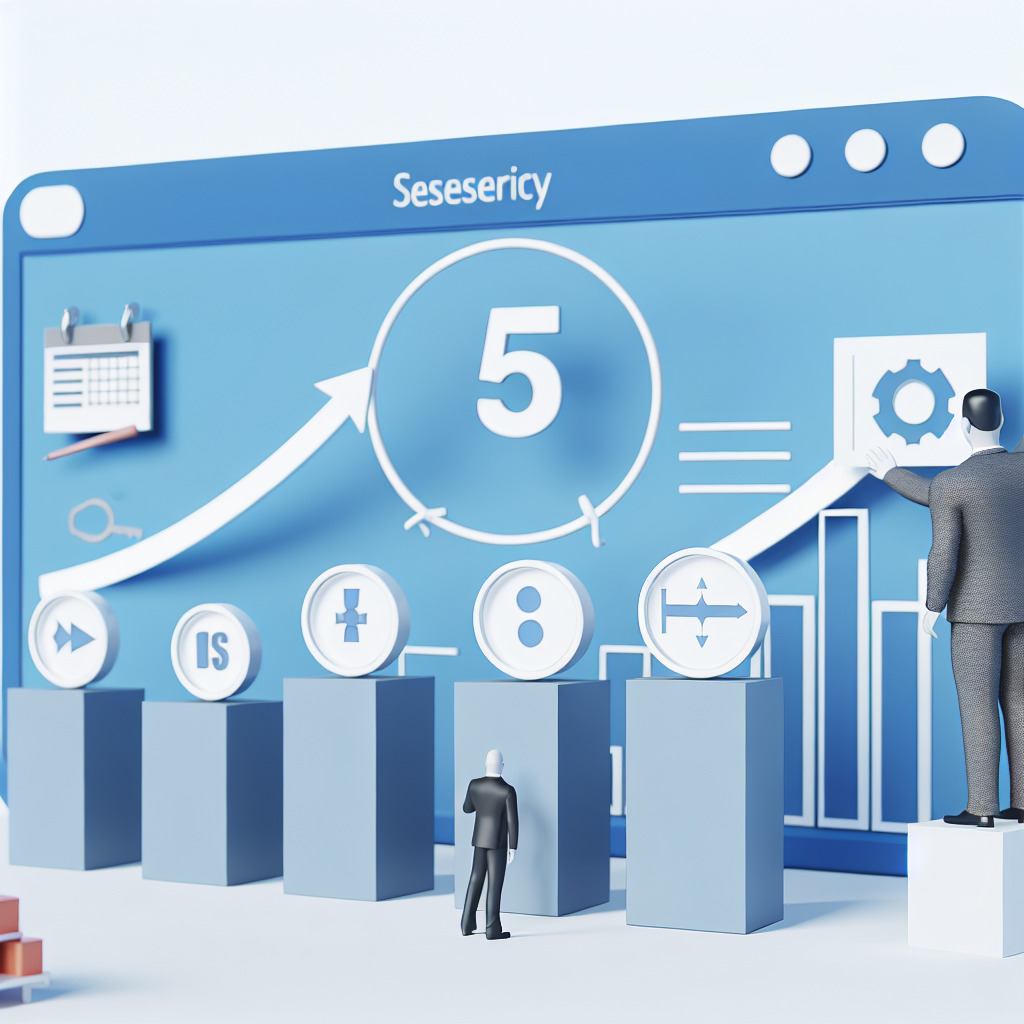
In today’s fast-paced work environments, the need for efficiency and organisation has never been more critical. The 5S methodology, originating from Japan, offers a systematic approach to maintaining a clean and productively organised workspace. This article delves into the significance of the 5S methodology from an HR perspective, equipping Human Resource professionals with insights on its implementation and benefits.
Understanding 5S
The 5S methodology stands for Sort, Set in Order, Shine, Standardise, and Sustain. This framework, central to Lean Thinking, aims to improve workplace efficiency while eliminating waste. For HR leaders, understanding each phase of this system is crucial as they play a pivotal role in driving organisational culture and employee engagement.
Origins of 5S
The 5S approach is deeply ingrained in Lean Manufacturing principles, which focus on workflow optimisation and waste reduction. This methodology not only enhances productivity but also streamlines processes to create a more effective working environment.
Implementation of 5S in the Workplace
For effective implementation of the 5S methodology, HR professionals should consider the following steps:
- Forming a dedicated team: Establish a team responsible for overseeing the 5S process. This team should include representatives from various departments to ensure comprehensive buy-in.
- Providing adequate training: Training employees on the principles and benefits of 5S is essential. Understanding how to maintain a clean workspace fosters a sense of ownership among staff.
- Starting with a pilot project: Instead of implementing 5S organisation-wide from the outset, beginning with a pilot area provides the opportunity to fine-tune the approach based on initial feedback.
- Establishing clear metrics: Defining metrics to evaluate the effectiveness of 5S is vital. This could include tracking productivity increases, reductions in waste, or improvements in employee satisfaction.
- Monitoring and improving: Continuous evaluation of the 5S methodology ensures that it remains effective and relevant over time.
Current Trends in 5S
Integration with Lean Manufacturing
5S continues to be a fundamental element in lean manufacturing environments. By ensuring that every tool and piece of equipment is stored appropriately, employees can spend less time looking for resources and more time completing tasks. This increased efficiency translates directly into cost savings for the organisation.
Cultural Integration
When implemented effectively, 5S becomes part of an organisation’s culture. This means that engagement must include all levels of staff, especially new hires, who should receive training on the 5S procedures. Maintaining momentum through continuous involvement from both managers and employees fosters a culture centred on cleanliness and efficiency.
The Key Benefits of Implementing 5S
Understanding the advantages of the 5S methodology is vital for HR professionals as they guide their organisations toward embracing this practice.
- Improved Productivity: A well-organised workspace ensures that everything has its designated place, significantly reducing wasted time and energy.
- Reduced Waste: By focusing on waste elimination, 5S leads to tangible cost savings and enhances profit margins.
- Enhanced Safety: A clean and orderly environment is safer. Proper storage and maintenance of tools minimise workplace accidents.
- Increased Employee Satisfaction: Employees who feel responsible for their workspace often exhibit higher morale and motivation, contributing positively to productivity.
- Improved Quality: The standardisation aspect of 5S ensures consistent product quality, which can lead to decreased rework and returns.
- Continuous Improvement: Engaging employees in identifying problems fosters a culture of ongoing improvement, further enhancing operational efficiency.
Strategies for HR Professionals
To successfully implement the 5S methodology within an organisation, HR professionals should consider the following strategies:
- Lead by Example: As leaders of organisational culture, HR professionals should embody the principles of 5S themselves. Their commitment will influence employees to adopt the methodology as part of their daily routine.
- Create a Communication Plan: Clearly communicating the purpose and benefits of 5S to all levels of staff is crucial. Regular updates on progress and successes can help maintain enthusiasm and commitment.
- Recognise Contributions: Celebrate milestones achieved during the 5S journey. Acknowledging employee efforts reinforces the importance of maintaining a clean and organised workspace.
- Incorporate into Performance Evaluations: Integrating 5S practices into performance metrics ensures accountability and encourages staff to prioritise organisational cleanliness.
Case Study: Successful 5S Implementation
Let’s look at an organisation that implemented the 5S methodology successfully. Company X, a manufacturing firm, struggled with inefficiencies due to cluttered workspaces and misplaced tools. After forming a 5S team and initiating training sessions, they started with a pilot project in one department. The results were impressive: productivity increased by 30%, and workplace accidents fell by 50% within six months.
This success prompted Company X to expand the initiative across the organisation, leading to sustained improvements in both efficiency and employee satisfaction. The company also reported substantial cost savings, demonstrating how a disciplined approach to workplace organisation can yield significant benefits.
Conclusion
In conclusion, the 5S methodology stands as a powerful tool for enhancing workplace organisation and efficiency. By implementing this system, organisations can not only boost productivity but also foster a culture of continuous improvement and safety. For HR professionals, leading the charge in this implementation is vital. By engaging employees and obtaining their buy-in, the benefits of 5S can truly be realised.
For further insights on how to implement 5S effectively, consider exploring resources such as 5S for Operators: The Secret to Japanese Success by Hiroyuki Hirano and online courses like 5S for Manufacturing from Simpler Consulting.
References
- 5S Guide 2024: Implementing Effective Workspaces – Simplilearn (2024-06-06)
- What is 5S and what are the benefits for continuous improvement? – LeanScape (2022-11-18)
- What is 5S? 5S System is explained including tips – 5SToday (n.d.)
- What Are the 5S in Lean Manufacturing? – Shoplogix (2024-02-06)
- 5S: Methodology, Steps, & Benefits – Lean Production (n.d.)
Vadim Kouznetsov is a distinguished entrepreneur and the visionary founder and CEO of JobXDubai.com, the UAE’s rapidly expanding job board. Renowned for his expertise in bridging the gap between job seekers and employment opportunities, Vadim has become a leading authority in the recruitment and job market of Dubai.
